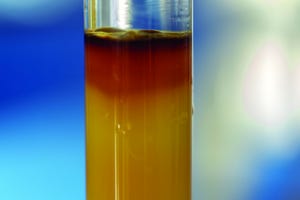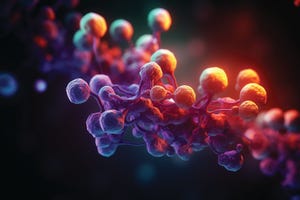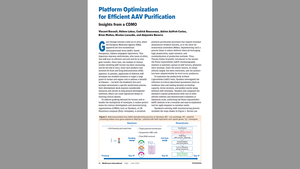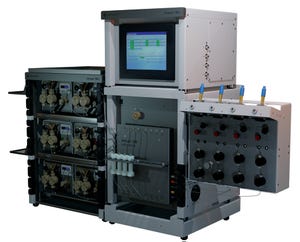June 2023 Featured Report
When people decry “the lack of innovation” in biomanufacturing, I often find myself scratching my head. Maybe we’re working from different angles on the concept — for some, it might mean only those advances that are truly disruptive and replace a previous paradigm completely. But what I see in the biopharmaceutical industry currently is an explosion of new ideas, fresh approaches to established technologies, and incremental improvements that all add up to paint a dynamic picture of innovation indeed.
“Creativity and problem-solving are very much alive and well in this part of the industry,” said David Wood (professor of chemical and biomolecular engineering at Ohio State University) in moderating a Recovery and Purification session at Biotech Week Boston in September 2022. “I think they have to be for us to evolve, develop new modalities, and address new patient challenges.”
With upstream production groups outputting an increasingly diverse set of product streams, downstream process engineers have been un...
HTTPS://STOCK.ADOBE.COM
Although monoclonal antibodies (MAbs) still represent the most common and most lucrative drug class in the biopharmaceutical industry, enthusiasm is growing for other recombinant-protein products. Clinical pipelines and even commercial portfolios are beginning to feature a breadth of nonantibody proteins and fragments as well as variations on the conventional-antibody theme: e.g., single-chain variable fragments (scFvs), fragment antigen-binding (Fab) products, and single-domain antibody fragments (also called
nanobodies
). By exploring such formats, drug developers hope to continue leveraging the efficacy advantages of protein binding while surmounting key technical and economic obstacles associated with MAb manufacturing. A chief concern, Simeon and Chen point out, is that MAbs usually require mammalian (often murine) expression systems that can perform the correct posttranslational modifications, including glycosylation. Such hosts entail complex production processes that requi...
The number of clinical studies continues to increase for candidate gene therapies based on adenoassociated virus (AAV) vectors. Application of different AAV serotypes has enabled drug developers to target a large panel of tissues and to address a breadth of diseases — but with the drawback that each serotype necessitates a distinctive purification process. Such development work requires considerable resources and results in long process-development timelines, which can cause significant delays to entering clinical trials. Thus, gene-therapy companies and contract development and manufacturing organizations (CDMOs) are working to establish platform purification processes that require minimal adjustments between batches.
In this article, writers from Thermo Fisher Scientific and Yposkesi (an SK Pharmteco company) describe their companies’ efforts to develop a platform process for AAV purification based on Poros CaptureSelect AAVX chromatography resin. Scientists from both companies collaborated to study the...
Photo 1:
Octave BIO system.
Antibody fragments — such as fragment antigen-binding (Fab) domains, single-chain variable fragments (ScFvs), and heavy-chain variable domains (nanobodies) — have emerged as increasingly important therapeutic and diagnostic alternatives to full-length monoclonal antibodies (MAbs) for a multitude of diseases. Whereas MAb downstream processing is well established and easy to scale based on protein A capture, the purification of antibody fragments is just on the verge of standardized processing. The most promising candidate for effective capture of those containing a kappa light chain is protein L affinity chromatography in the first step of downstream processing (
1
).
To establish an effective capture process for antibody-fragment purification, we compared the capabilities of two different protein L chromatography resins in batch mode and then investigated their performance using multicolumn chromatography (MCC) to enhance process performance further. Combining a resin with hig...
Subscribe to receive our monthly print or digital publication
Join our 70,000+ readers. And yes, it's completely free.









